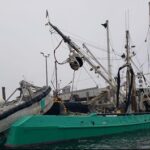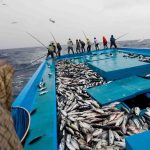Tag Archives: Marine Mammal Protection Act of 1972

Protecting gray seals — when does success become excess?
The ever-expanding gray seal population in our coastal waters is protected in perpetuity by the Marine Mammal Protection Act of 1972. The success of the act in restoring gray seal populations is widely acknowledged, but at what point should we address the problematic consequences of that success? With numbers of white sharks — attracted by gray seals — being spotted off our beaches, answering that question is becoming increasingly urgent. >click to read< 17:50
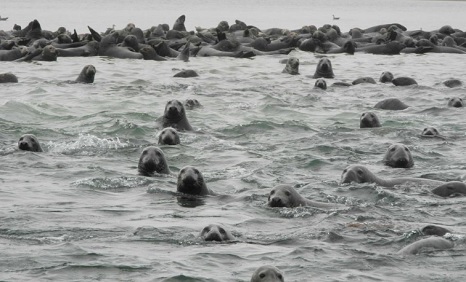
Sharks and seals: A success story ?
With five shark attacks on people since 2012 — including swimmers, kayakers, a paddleboarder and a fatal attack on a bodyboarder last year — surfers, swimmers, public safety officials and business owners now worry that the ocean is suddenly not safe. Some see an imbalance that requires corrective measures, like a cull of seals and maybe sharks to reduce risk and bolster fish harvests. But others marvel at a pair of conservation success stories in an era where species extinction is more often the news. >click to read<23:54
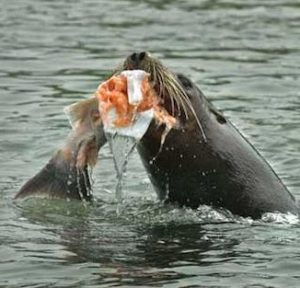
Sea lion bill signed into law by President Trump
Legislation that allows the lethal taking of sea lions that prey on at-risk fish populations on the Columbia River and select tributaries in Washington, Oregon and Idaho has been signed into law by President Donald Trump. The bipartisan bill, co-sponsored by Sen. James Risch, R-Idaho, and Sen. Maria Cantwell, D-Wash., makes slight changes to the Marine Mammal Protection Act of 1972, which lays out prohibitions for killing marine mammals, and institutes a permit process for the lethal taking of sea lions. Permit holders are legally allowed to kill sea lions that are part of a population and/or stock that is not classified as being depleted or at risk.>click to read<20:41
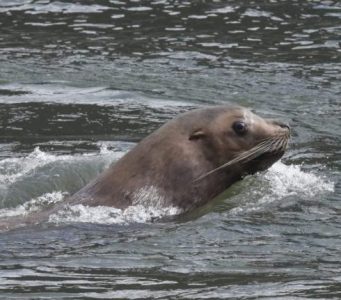
‘We’re losing’ sea lion fight – State, tribal, federal agencies back Herrera Beutler bill
The National Oceanic and Atmospheric Administration Fisheries division estimates about 45 percent of spring chinook salmon are lost between the mouth of the Columbia and Bonneville Dam, with sea lions being primarily responsible.,, For that reason, the Inter-Tribal Fish Commission is supporting legislation by Rep. Jaime Herrera Beutler, R-Battle Ground, and Kurt Schrader, D-Ore., titled the Endangered Salmon and Fisheries Predation Prevention Act. The bill would amend the Marine Mammal Protection Act of 1972 to make it easier for state and tribal wildlife managers to kill sea lions that predate salmon and steelhead and other fish in the Columbia River and its tributaries. >click to read<07:28
Gray seal population needs no protection – Mike Rice, South Wellfleet
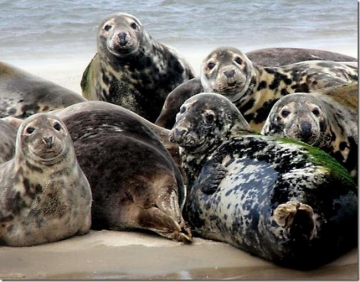 According to the International Union for Conservation of Nature, the giant panda is being taken off the endangered species list and reclassified as vulnerable. A nationwide Chinese census taken in 2014 found 1,864 giant pandas in the wild, up from 1,596 back in 2004. An estimated 40,000-plus gray seals alone call Monomoy Island off Chatham home. That leaves me wondering why the gray seal is still protected under the Marine Mammal Protection Act of 1972. As the gray seal population in Cape waters continues to boom, drawing more great white sharks to our area every summer, I’m left thinking the tourist industry here may soon join the fishing industry, and be classified as vulnerable, too. It’s time to de-list the gray seal from the Marine Mammal Protection Act of 1972. Link 08:49
According to the International Union for Conservation of Nature, the giant panda is being taken off the endangered species list and reclassified as vulnerable. A nationwide Chinese census taken in 2014 found 1,864 giant pandas in the wild, up from 1,596 back in 2004. An estimated 40,000-plus gray seals alone call Monomoy Island off Chatham home. That leaves me wondering why the gray seal is still protected under the Marine Mammal Protection Act of 1972. As the gray seal population in Cape waters continues to boom, drawing more great white sharks to our area every summer, I’m left thinking the tourist industry here may soon join the fishing industry, and be classified as vulnerable, too. It’s time to de-list the gray seal from the Marine Mammal Protection Act of 1972. Link 08:49
Killing to Conserve – Is it effective, or ethical, to cull one protected species to help another?
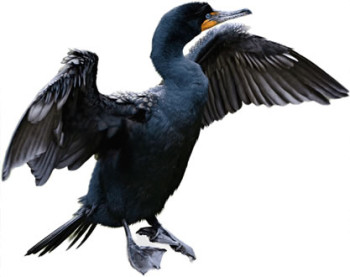 From a population reduced to about 10,000 in the 1950s, California sea lion numbers have grown to nearly 390,000 since they were protected under the Marine Mammal Protection Act of 1972, which made it illegal to kill, or “take,” them without a permit. While most of the animals wintering on the Oregon coast stick to offshore habitat, bays, and estuaries, since 2000 a small number of sea lions, 100 or so, have been swimming 145 miles up the Columbia River, from its mouth at Astoria to Bonneville Dam, to eat upstream migrating salmon that stack up at the base of the dam and fish ladders. Some of the fish they devour are upriver spring Chinook salmon, which are listed as endangered under the Read the article here 11:25
From a population reduced to about 10,000 in the 1950s, California sea lion numbers have grown to nearly 390,000 since they were protected under the Marine Mammal Protection Act of 1972, which made it illegal to kill, or “take,” them without a permit. While most of the animals wintering on the Oregon coast stick to offshore habitat, bays, and estuaries, since 2000 a small number of sea lions, 100 or so, have been swimming 145 miles up the Columbia River, from its mouth at Astoria to Bonneville Dam, to eat upstream migrating salmon that stack up at the base of the dam and fish ladders. Some of the fish they devour are upriver spring Chinook salmon, which are listed as endangered under the Read the article here 11:25
Unintended Consequences – Protecting wild predators can lead to problems
 That is, a recovering predator population can increase competition with humans for the same prey; it can start eating individuals of a protected prey species; or it can pit multiple predator populations in competition for the same limited prey. Or it can do all three. In the northeastern Pacific Ocean, for example, commercial harvests of king salmon have declined from historic levels, in part to protect declining wild-salmon populations, seven of which have Endangered Species Act protection. Meanwhile, the ecosystem’s seals and sea lions, which were once killed commercially, are now protected by the Marine Mammal Protection Act of 1972. Read the rest here 20:48
That is, a recovering predator population can increase competition with humans for the same prey; it can start eating individuals of a protected prey species; or it can pit multiple predator populations in competition for the same limited prey. Or it can do all three. In the northeastern Pacific Ocean, for example, commercial harvests of king salmon have declined from historic levels, in part to protect declining wild-salmon populations, seven of which have Endangered Species Act protection. Meanwhile, the ecosystem’s seals and sea lions, which were once killed commercially, are now protected by the Marine Mammal Protection Act of 1972. Read the rest here 20:48
Sea Shepherd attorneys to attend Makah whaling meeting next Wednesday in Port Angeles
 A legal team from the Sea Shepherd Screwball Society will be among the activists at a public meeting Wednesday, April 29 who’ll oppose the Makah tribe’s campaign to resume whaling. The Owens head Peninsula Citizens for the Protection of Whales. They argue that the federal Marine Mammal Protection Act of 1972 is “the whales’ treaty with the government.” It bans the killing of whales. For their part, the Makah argue that they reserved the right to hunt whales and seals when they signed the . Read the rest here 15:11
A legal team from the Sea Shepherd Screwball Society will be among the activists at a public meeting Wednesday, April 29 who’ll oppose the Makah tribe’s campaign to resume whaling. The Owens head Peninsula Citizens for the Protection of Whales. They argue that the federal Marine Mammal Protection Act of 1972 is “the whales’ treaty with the government.” It bans the killing of whales. For their part, the Makah argue that they reserved the right to hunt whales and seals when they signed the . Read the rest here 15:11





































